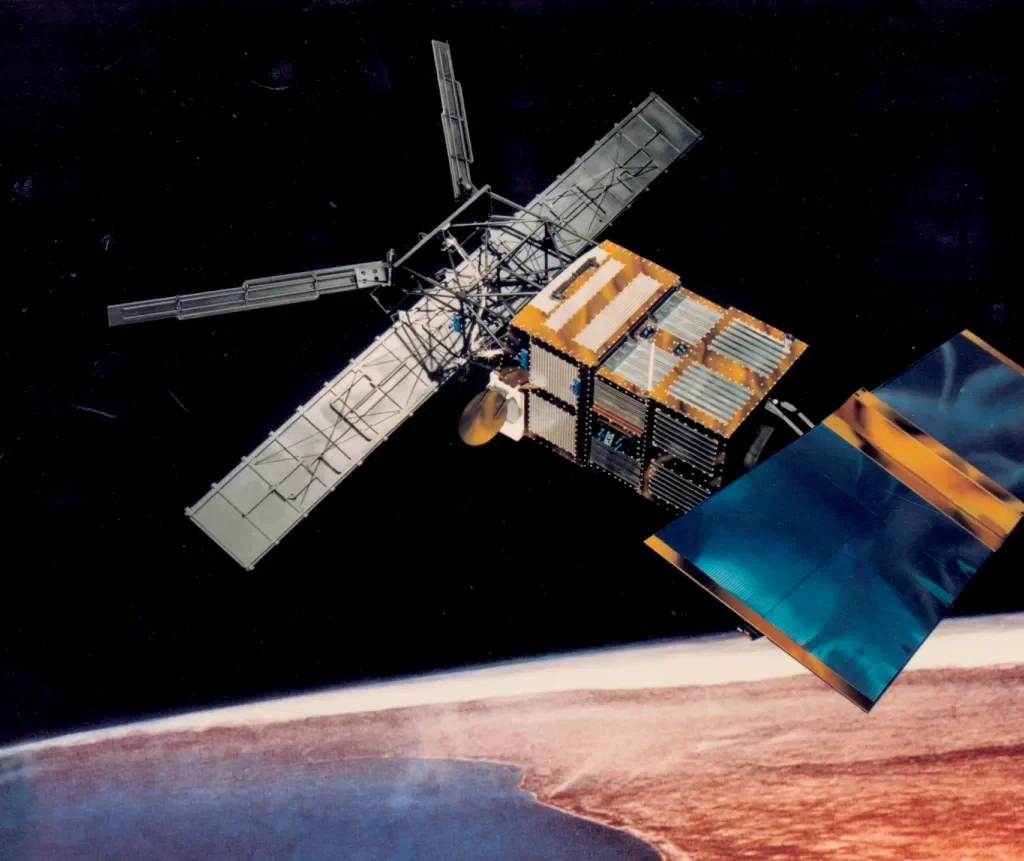The imminent reentry of the European Space Agency's European Remote Sensing (ERS) 2 satellite serves as a stark reminder of the persistent hazards posed by existing space objects, even as agencies strive to curtail the proliferation of orbital debris.
Expected to descend on February 21st after orbiting for nearly two decades, the European Remote Sensing (ERS) 2 satellite's return underscores the challenges of space debris management. The European Space Agency (ESA) disclosed in its latest update on February 20th that the satellite is slated to reenter Earth's atmosphere at 11:32 a.m. Eastern, with a margin of error of plus or minus 4.61 hours.
Launched in 1995 with a mission to provide crucial Earth science data, the 2,300-kilogram spacecraft boasted a suite of instruments, including a radar altimeter and synthetic aperture radar (SAR) mapper. Despite being decommissioned in 2011, the satellite lacked the propulsion required for a controlled descent.
Mirko Albani, heritage space program and missions manager for ESA's Earth Observation program, revealed that certain components of ERS-2 are anticipated to survive reentry, including fuel tanks and internal panels. Notably, the SAR antenna, weighing 52 kilograms, represents the largest single component expected to endure the fiery reentry.
While the risk of falling debris posing a threat to individuals remains minimal, ESA refrained from quantifying the specific risks associated with this reentry. Albani reassured that none of the debris from ERS-2 contains toxic or radioactive materials.
ESA's transition to a more stringent debris mitigation policy, unveiled in November, signals a concerted effort to tackle the burgeoning challenge of space debris. Francesca Letizia, ESA space debris mitigation and reentry safety engineer, underscored the agency's commitment to a “zero-debris vision,” mandating reduced deorbiting timelines and provisions for active debris removal missions.
However, the full implementation of the new policy remains a work in progress, with a gradual rollout expected over the coming years. Albani emphasized the need for a meticulous review process by ESA's space debris mitigation assessment board to ascertain the applicability of these regulations to older missions already in orbit.
Against the backdrop of recent policy shifts, the experiences of failed missions like ERS-1 and Envisat underscore the imperative for proactive measures to mitigate space debris risks. Tim Flohrer, director of ESA's Space Debris Office, emphasized the strides made in debris management, acknowledging the limitations of earlier spacecraft designs in light of evolving technology.
As the satellite hurtles back towards Earth, ESA's unwavering commitment to space debris mitigation underscores the agency's resolve to safeguard the long-term sustainability of space activities. Yet, the reentry of ERS-2 serves as a poignant reminder of the enduring challenges posed by orbital debris, underscoring the necessity for continued vigilance and innovation in space governance.
